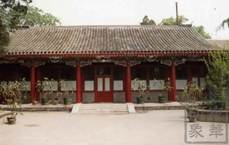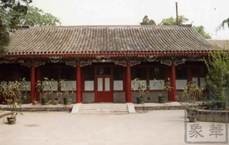题目内容
| |||||||||||||||||||||||||||||||||||||||||||||||||||||||||||||||||||||||||||||||||||||||||||||||||||||||||||||||||||||||||||||||||||||||||||||||

一个有着灿烂文明的地方,多半不会缺少美妙的石质文化遗存。不说埃及的金字塔,古罗马的斗兽场,敦煌的莫高窟________就在江西的庐山,时时可见的摩崖石刻,及散落在亭台楼阁间的碑文石刻,恐怕是庐山最重要的石质文化遗存了,难道它不刻写着历史的沧桑和文化的厚重吗?
【小题1】在文中横线上填上标点符号。
【小题2】把最后一句话“难道它不刻写着历史的沧桑和文化的厚重吗?”改成陈述句。
Kate played with her Aunt Jane at the beach. It was a beautiful day. Kate built a big sand castle(沙城堡) in the morning. Aunt Jane 36 many pictures of the castle to send to Kate’s parents.
Kate wanted to 37 again on the beach that afternoon. She wanted to build 38 sand castle. Aunt Jane told her it was too 39 . Aunt Jane said Kate could only go if she had a 40 . But Kate didn’t have one. Aunt Jane agreed that Kate could take one of hers.
Kate tried 41 three hats.
The pink one was really 42 with long ribbons(丝带) but that would not be good for building a sand castle.
The red hat with flowers on it was nice. But Kate was 43 the flowers would get dirty.
Then, Kate 44 a big straw hat(草帽) with a short red ribbon on it and it would be easy to clean. 45 Kate put it on and went to the beach.
| 【小题1】 |
|
| 【小题2】 |
|
| 【小题3】 |
|
| 【小题4】 |
|
| 【小题5】 |
|
| 【小题6】 |
|
| 【小题7】 |
|
| 【小题8】 |
|
| 【小题9】 |
|
| 【小题10】 |
|


